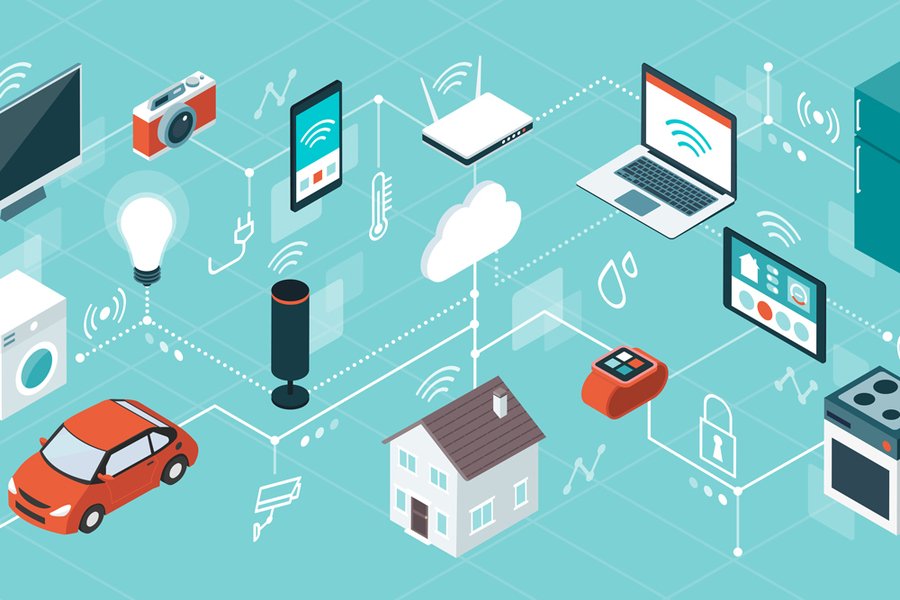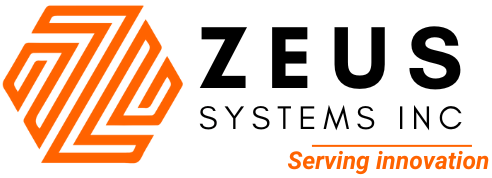In the realm of artificial intelligence, few developments have captured the imagination quite like OpenAI’s ChatGPT. Wit ...
Categories
Post By Date
- June 2025
- May 2025
- April 2025
- March 2025
- February 2025
- January 2025
- December 2024
- November 2024
- October 2024
- September 2024
- August 2024
- July 2024
- June 2024
- April 2024
- March 2024
- February 2024
- January 2024
- December 2023
- November 2023
- October 2023
- September 2023
- August 2023
- July 2023
- June 2023
- May 2023
-
Trends in Cloud Technology
In the realm of technological innovation, cloud technology continues to evolve, captivating hearts and minds alike. With ...
What is Chat-GPT and How powerful it is?
the conversational companion that brings a touch of humanity to our digital interactions. What is Chat GPT?A Conversa ...
3D Mapping using Drones
A journey to the 3D mapping using drones. The latest trend in 3D mapping using drones revolves around enhanced precis ...
-
Redefining Industrial Agility: The Futur...
In the fast-moving world of smart manufacturing, flexibility isn’t a feature—it’s the foundation. Markets are shifting ...
Where AI Meets Your DNA: The Future of F...
Welcome to the future of food—a future where what you eat is no longer dictated by trends, guesswork, or generic nutrit ...
Beyond Speed: The Next Frontier of 5G in...
The integration of 5G in industrial automation has been widely praised for enabling faster data transmission, ultra-low ...
Memory-as-a-Service: Subscription Models...
Speculating on a future where neurotechnology and AI converge to offer memory enhancement, suppression, and sharing as ...

- Zeus
- November 20, 2023
- 2 years ago
- 5:14 pm
In today’s interconnected world, the Internet of Things (IoT) has emerged as a transformative force, seamlessly connecting everyday objects and devices to the Internet. This intricate network of embedded sensors, software, and communication technologies is revolutionizing industries, enhancing efficiency, and redefining the way we interact with the world around us.
Understanding the IoT Ecosystem
The IoT ecosystem encompasses a vast array of interconnected devices, from smart home appliances and wearable fitness trackers to industrial sensors and autonomous vehicles. These devices gather and transmit real-time data to cloud platforms, enabling data analysis, decision-making, and remote-control capabilities.
The Driving Forces Behind IoT Adoption
The rapid adoption of IoT is fueled by several compelling factors, including:
- Technological Advancements: The miniaturization of sensors, advancements in wireless communication protocols, and the increasing affordability of computing power have made IoT devices more accessible and versatile.
- Growing Demand for Efficiency and Optimization: Businesses across industries are seeking ways to optimize operations, reduce costs, and improve decision-making. IoT solutions provide valuable insights into asset performance, resource utilization, and customer behavior.
- Evolving Consumer Preferences: Consumers are increasingly embracing smart home technologies, wearable devices, and connected vehicles, driven by a desire for convenience, personalized experiences, and enhanced security.
IoT Applications: Transforming Industries and Everyday Life
The impact of IoT is pervasive, touching upon a wide range of industries and aspects of daily life. Here are a few examples:
- Smart Cities: IoT-enabled infrastructure is transforming urban environments, optimizing traffic flow, improving energy efficiency, and enhancing public safety.
- Connected Healthcare: IoT devices are revolutionizing healthcare, enabling remote patient monitoring, real-time data analysis, and personalized treatment plans.
- Industrial Automation: IoT sensors and data analytics are streamlining manufacturing processes, predictive maintenance, and optimizing supply chain management.
- Connected Homes: Smart appliances, thermostats, and security systems are enhancing home automation, providing a more comfortable, secure, and energy-efficient living environment.
Challenges and Considerations for IoT Implementation
Despite its transformative potential, IoT implementation presents several challenges that need to be addressed:
- Security and Privacy: The vast amount of data generated by IoT devices raises concerns about data security and privacy. Robust security measures and data governance frameworks are essential.
- Interoperability and Standardization: The lack of standardization across IoT devices and communication protocols can hinder seamless integration and data exchange.
- Scalability and Infrastructure: The exponential growth of IoT devices necessitates scalable infrastructure and efficient data management solutions.
The Future of IoT: A World of Connected Possibilities
The future of IoT is bright, with advancements in artificial intelligence, machine learning, and edge computing poised to further expand its capabilities. IoT will play a pivotal role in shaping smart cities, personalized healthcare, autonomous vehicles, and sustainable resource management.
As the IoT ecosystem continues to evolve, it is crucial to address the challenges of security, interoperability, and scalability to ensure the responsible and sustainable development of this transformative technology. The future promises a world of connected possibilities, where IoT devices seamlessly integrate into our lives, enhancing efficiency, enriching experiences, and shaping a more sustainable and interconnected future.
References:
- Gubbi, J., et al. (2015). Internet of Things (IoT): A vision, architecture, and future directions. Future Generation Computer Systems, 56, 1-15.
- McKinsey & Company. (2015). The Internet of Things: How it will change the world. McKinsey & Company.
- Cisco IBSG. (2023). IoT Market Analysis 2022. Cisco IBSG.
- Gartner. (2023). IoT Trends and Predictions for 2023. Gartner.
World Economic Forum. (2022). Shaping the Future of the Internet of Things for Social Good and Sustainable Development. World Economic Forum.

